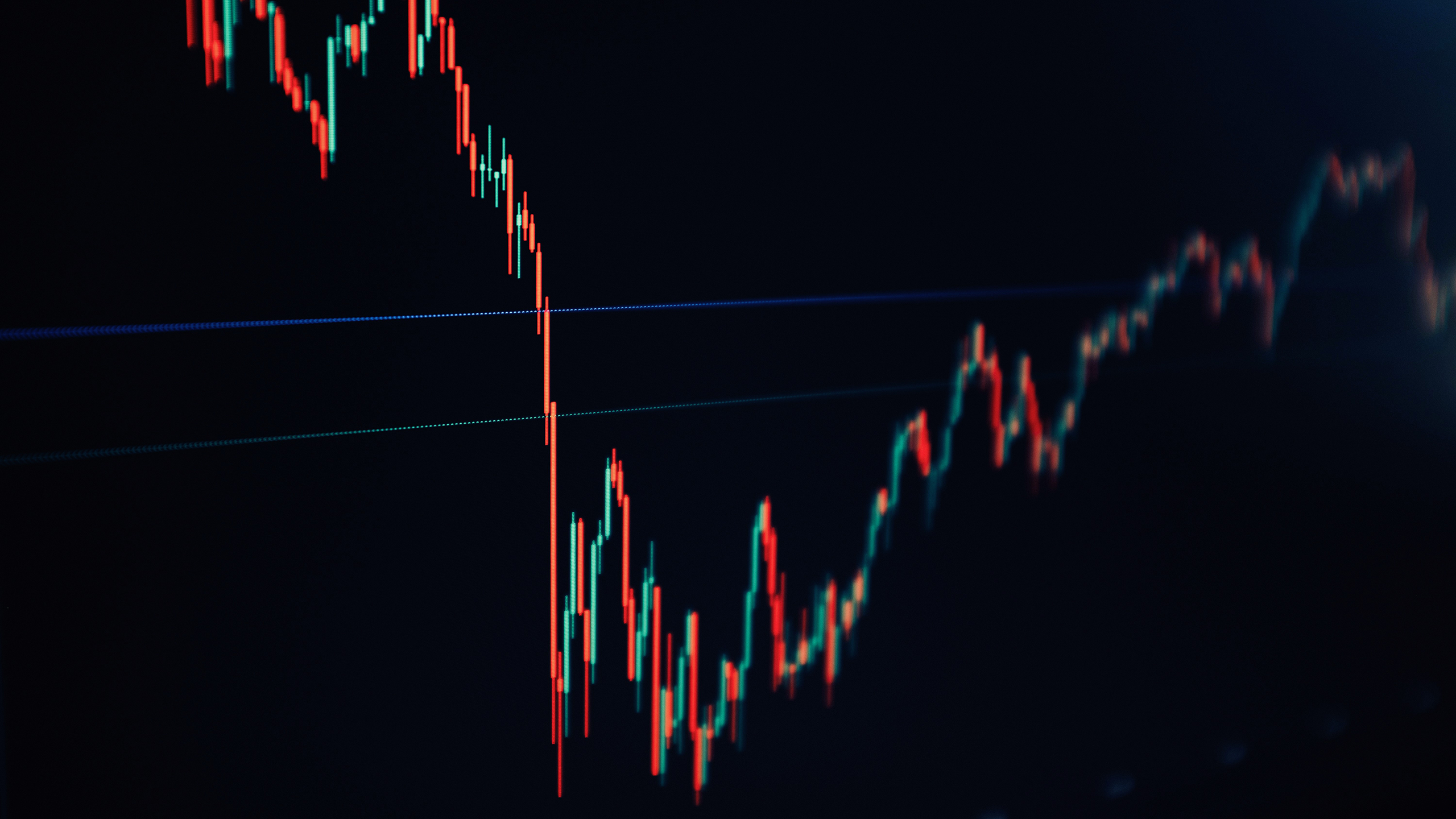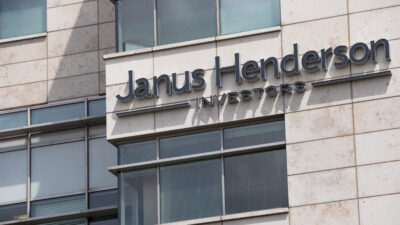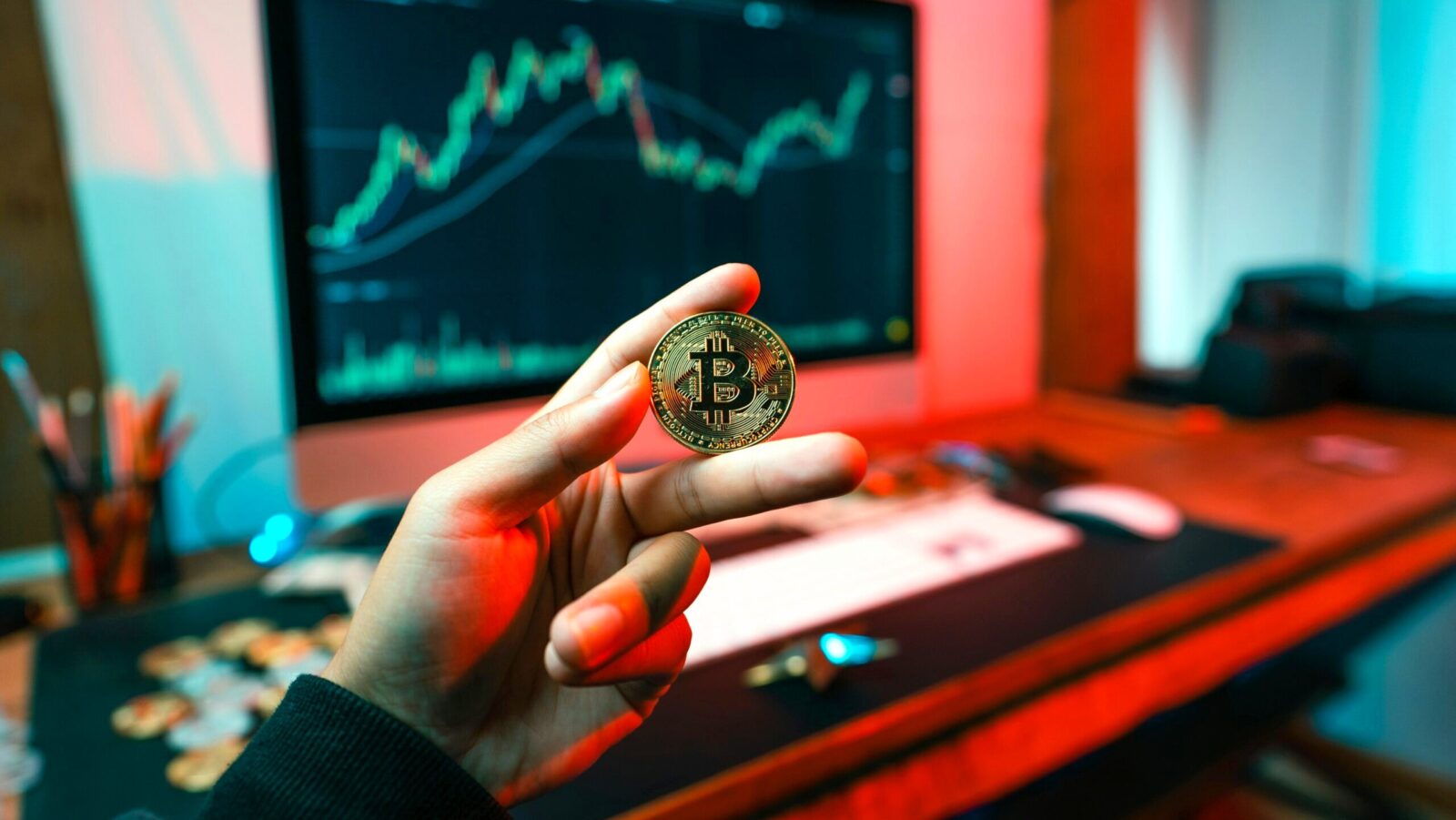Investors Turn to Defined Outcome ETFs Amid Market Turmoil
In the aftermath of the Trump administration’s “Liberation Day,” many investors are looking to buffer ETFs to protect against volatility.

Sign up for exclusive news and analysis of the rapidly evolving ETF landscape.
It’s always good to have a buffer zone.
Defined outcome ETFs, characterized by their caps on gains and limits on losses, are becoming important investment tools for advisors looking to mitigate the impact of market downturns on their clients’ portfolios. Since its inception in 2018, the defined outcome ETF market has grown to more than $60 billion, despite the product’s increased complexity, and the fact that many advisors don’t fully understand how the funds work. Still, the US defined outcome market is expected to expand to $650 billion by 2030, according to recent research from BlackRock and Morningstar in December.
ETFs, Defined
A reason for the recent uptick in popularity is that defined outcome ETFs can be used as alternatives to the standard 60/40 portfolio, according to panelists at ETF Global’s annual ETP Forum in New York City. Newer generations of advisors and their clients are also increasingly likely to use buffer ETFs as part of their more modernized portfolio strategies.
The BlackRock study found that since 2019, nearly 500 defined outcome ETFs have launched, a trend driven by “policy and macroeconomic uncertainty, higher market volatility, and demographic shifts, such as the increasing number of retirees globally.” The research also found:
- Less than 1% of advisors were using outcome ETFs in 2019, compared to more than 10% now. Allocations to the product have also risen 5 percentage points over the past five years.
- Still, nearly 90% of advisors don’t currently use them, according to data that the asset management firm gathered on more than 22,000 advisor models.
International Affairs. There’s also the importance of international diversification, particularly following President Trump’s “Liberation Day” tariffs and the market turmoil that followed, the experts said. Non-US investing has surged with emerging market investments — and allocations in markets like China — taking the place of more standard S&P 500 products.
And while defined outcome ETFs have traditionally been regarded as “competing” with their traditional counterparts, the two can actually end up complementing each other, they added.











